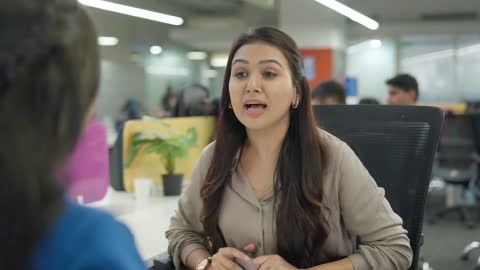Understanding the difference between long term and short term finance is crucial for effective financial planning. While short term sources of finance address immediate cash flow needs, long term finance supports investments and growth over an extended period. Choosing the right option ensures financial stability and success.
What is short-term financing?
Short-term financing, applicable within a year, acts as a quick solution for pressing personal requirements. It helps address sudden expenses, manage monthly bills, or tackle unexpected financial challenges. Sources for personal short-term financing include credit cards, payday loans, or personal lines of credit. The advantages lie in quick accessibility, flexibility, and a lower overall cost due to the shorter repayment period.
What is long-term financing?
Long-term financing goes beyond a one-year timeframe and is suitable for substantial personal investments. This could involve financing education, purchasing a home, or starting a business. Sources for personal long-term financing may include traditional bank loans, mortgages, or personal loan with extended repayment plans. While offering stability and strategic planning, long-term financing involves a more extended repayment period and potentially higher overall costs.
What are short term and long term goals?
Short-term goals: These are objectives you aim to achieve within a few weeks to a year. They usually cover urgent needs like managing cash flow, paying bills, or handling emergencies.
Long-term goals: These focus on larger financial aspirations spread across years, such as buying a home, expanding a business, or planning trips through personal loans for travel.
Here are the key differences between short-term and long-term financing
1. Duration
Short-term loans: Typically, last up to 1 year and can sometimes be as short as a few weeks or months. They are ideal for quick repayment needs.
Long-term loans: Come with a repayment period stretching over several years. They are often chosen for larger investments such as real estate, business expansions, or even personal loans for travel.
2. Interest rates
Short-term loans: Generally, have higher interest rates since lenders consider them riskier due to the short repayment cycle.
Long-term loans: Usually come with lower and more competitive personal loan interest rates. The extended tenure reduces risk for lenders, making it more affordable for borrowers.
3. Purpose
Short-term loans: Best suited for immediate needs like managing cash flow, covering seasonal expenses, or handling emergencies.
Long-term loans: Secured for strategic goals such as equipment purchase, facility expansion, or product launches.
4.Repayment structure
Short-term loans: Repayments are frequent and smaller in value, aligned with the shorter tenure.
Long-term loans: Offer structured repayment with lower monthly instalments spread over several years, making it easier to manage larger amounts.
Long term and short term sources of finance
Short term and long-term finance serve different financial needs based on duration and purpose.
Short term sources of finance include working capital loans, trade credit, and overdrafts, ideal for immediate expenses.
Long term and short-term sources of finance differ as long-term finance covers investments like machinery, property, and expansion.
Choosing the right source ensures effective cash flow management and business growth.
Pros and cons of short-term and long-term personal loans
Loan type |
Pros |
Cons |
Short-term personal loan |
1. Quick approval and disbursal. |
1. Higher interest rates. |
Long-term personal loan |
1. Lower and affordable personal loan interest rates. |
1. Interest paid over many years. |
Finally, the choice between short-term and long-term loans is determined by the borrower's individual financial circumstances. Understanding the differences between these two types of loans is critical for making sound financial decisions and ensuring that the financing selected is consistent with the borrower's overall financial strategy.
Bajaj Finance Limited provides personal loans with substantial loan amounts that can be repaid over longer periods ranging from 12 months to 96 months. These funds can be used for a variety of purposes, including loan for health care, personal loan for wedding, personal loan for higher education, and home modifications.
Apply to get the best personal loan deal.




